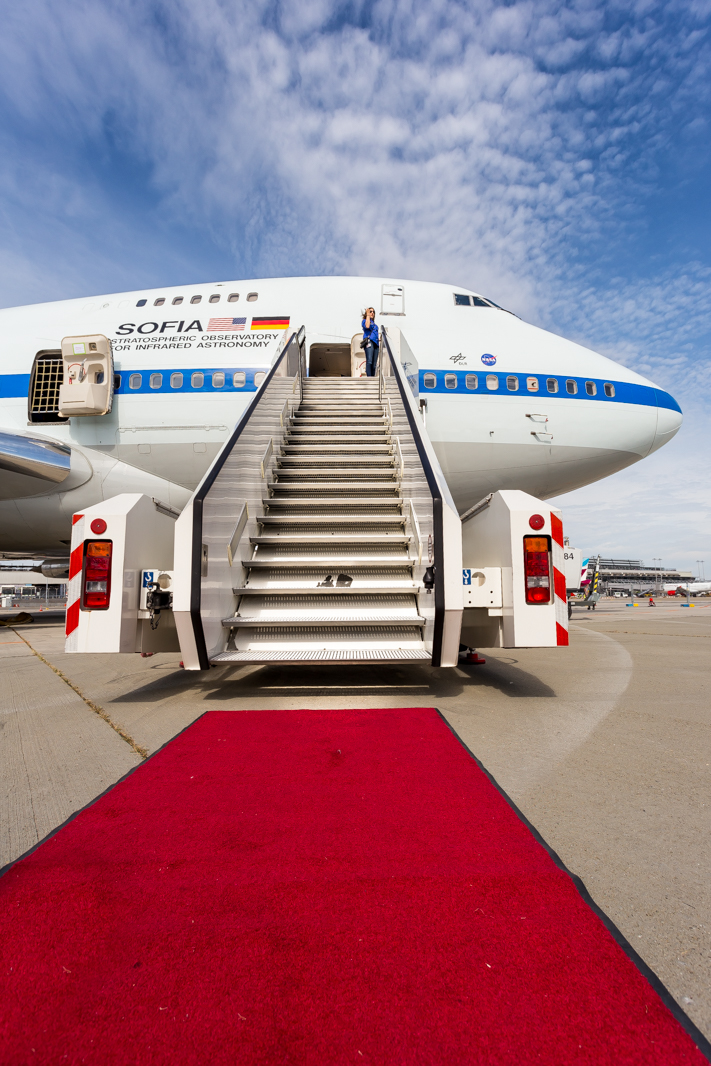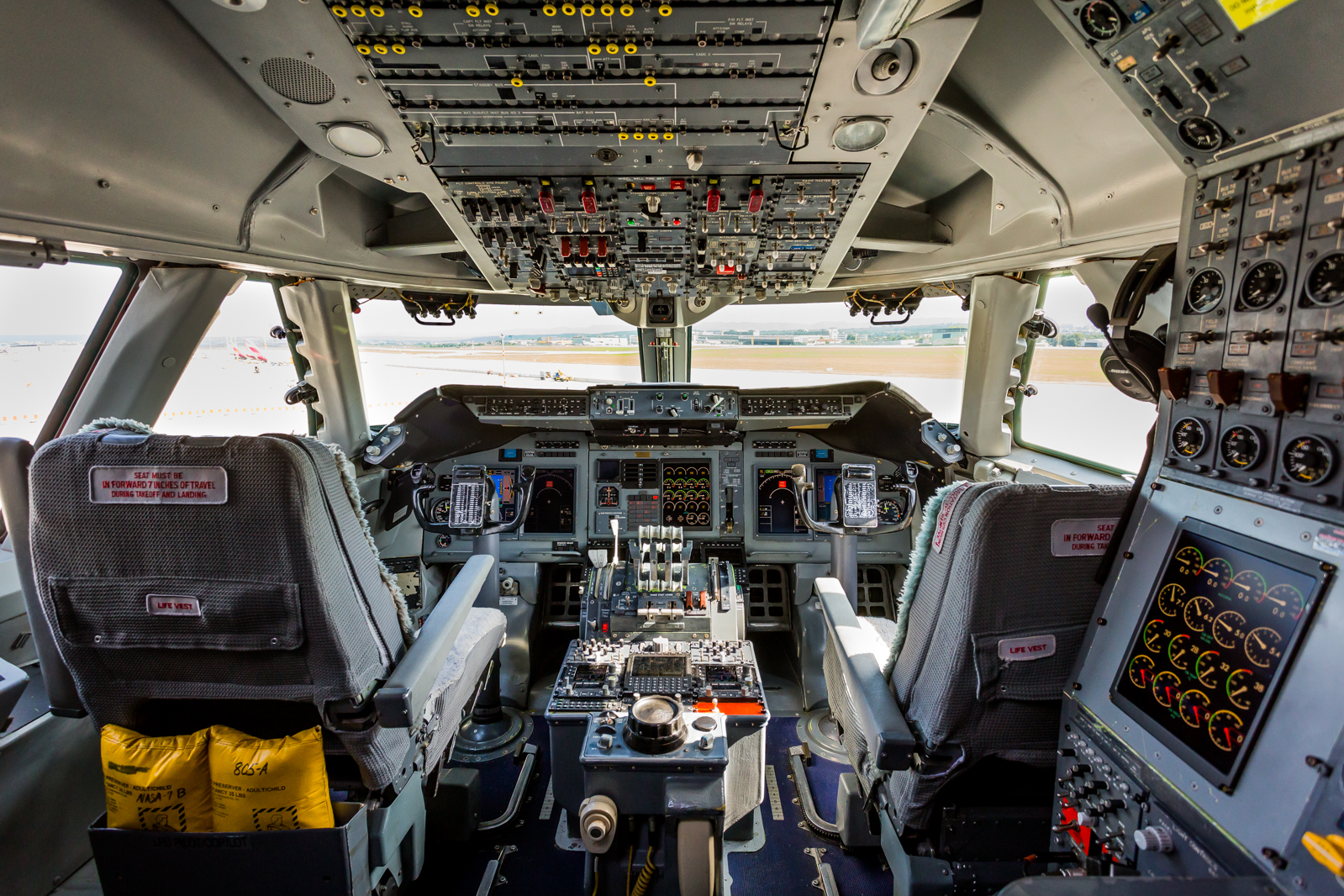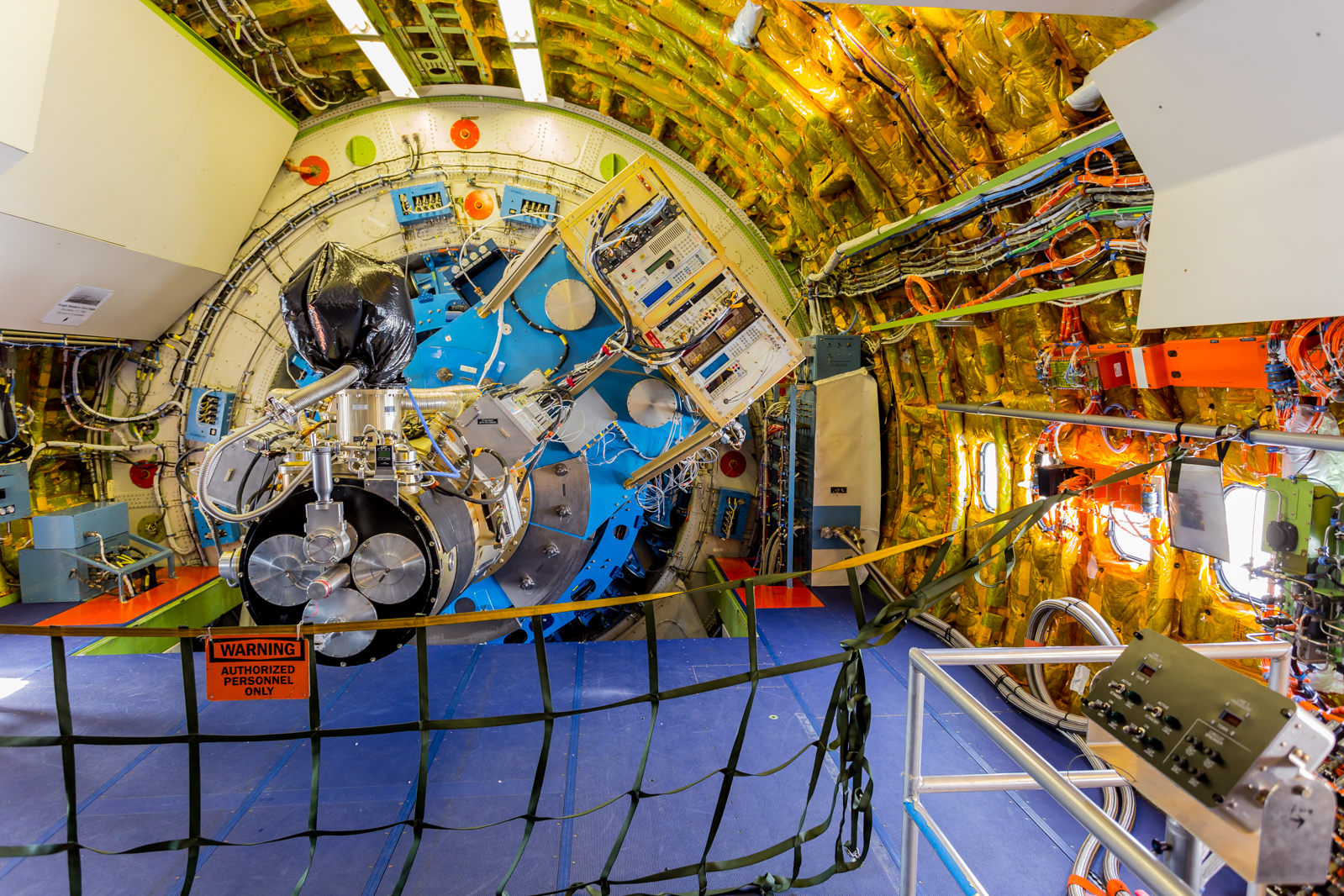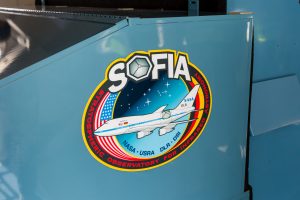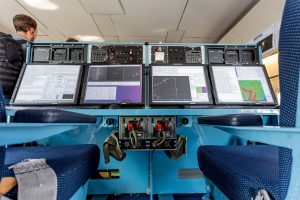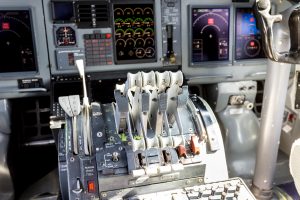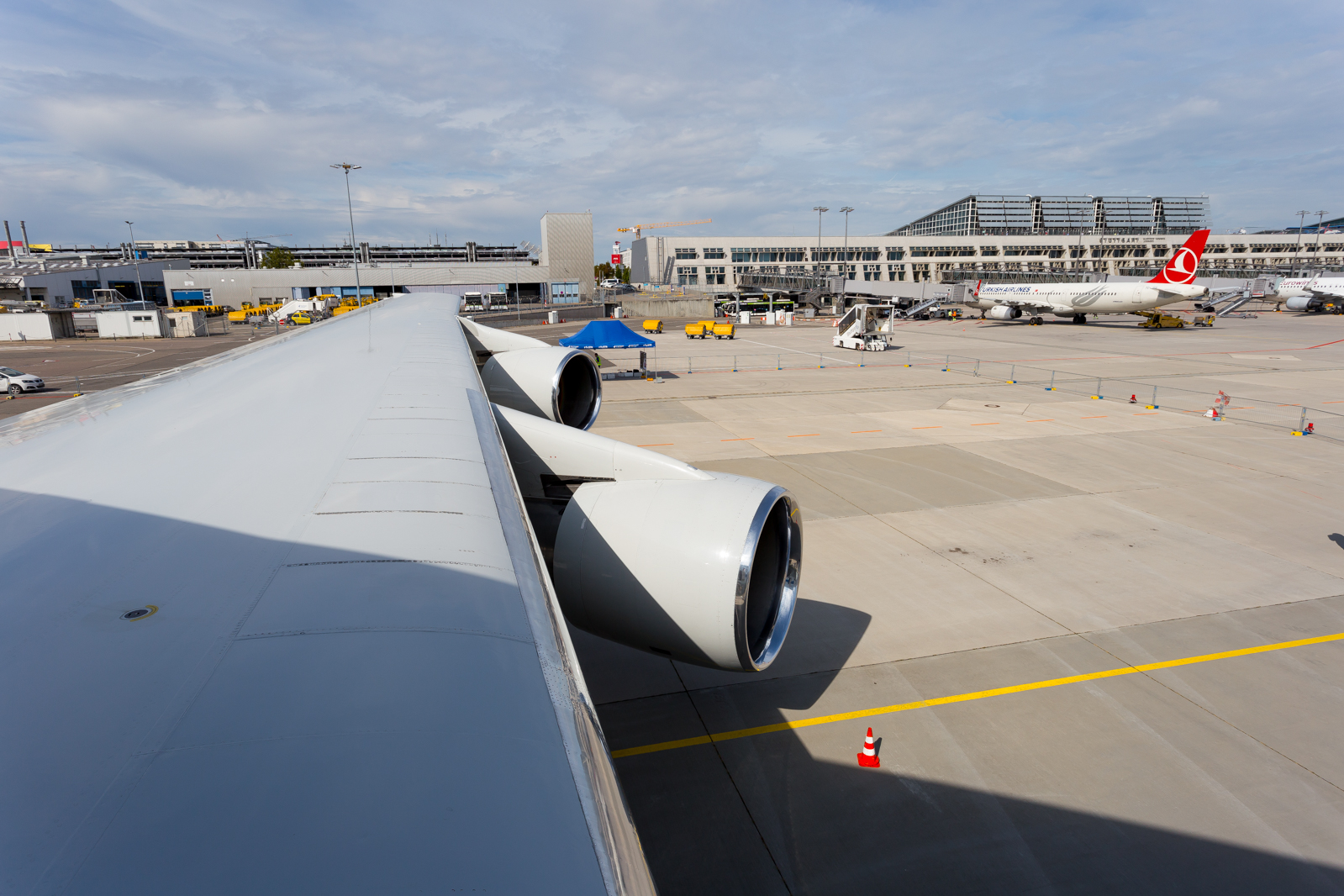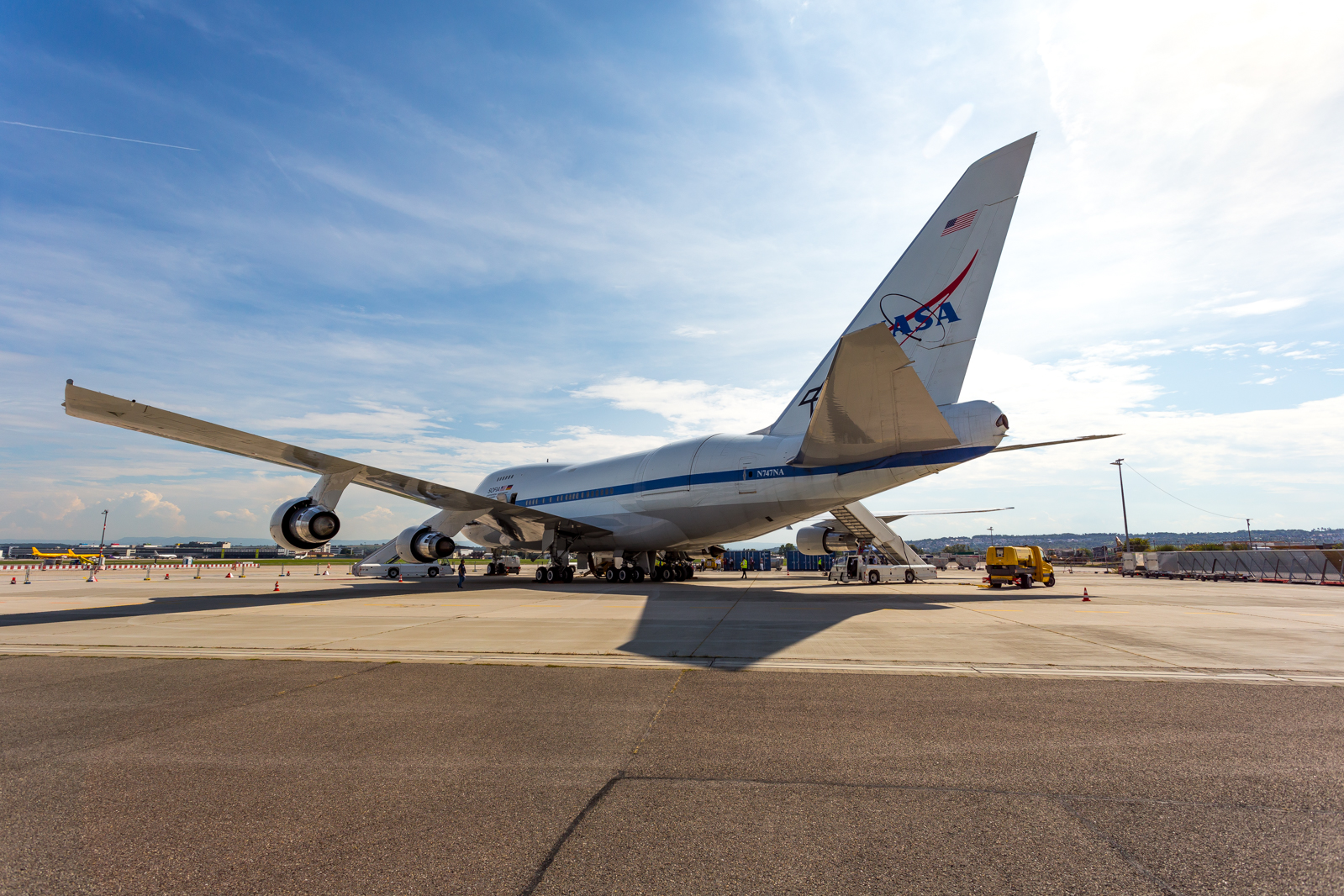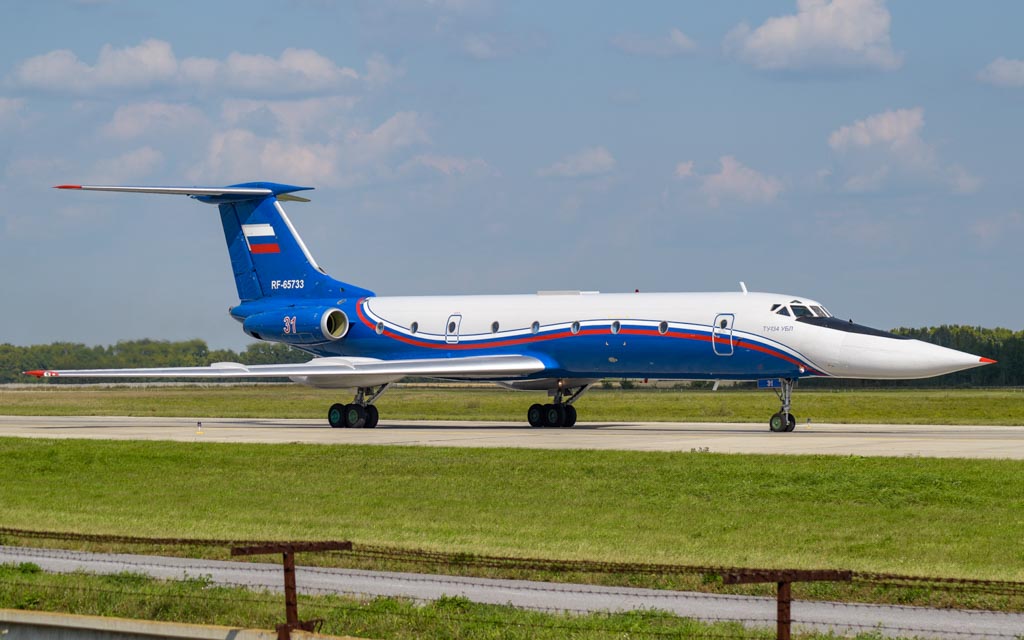
Novosibirsk Tolmachevo Airport Spotting Guide
January 7, 2020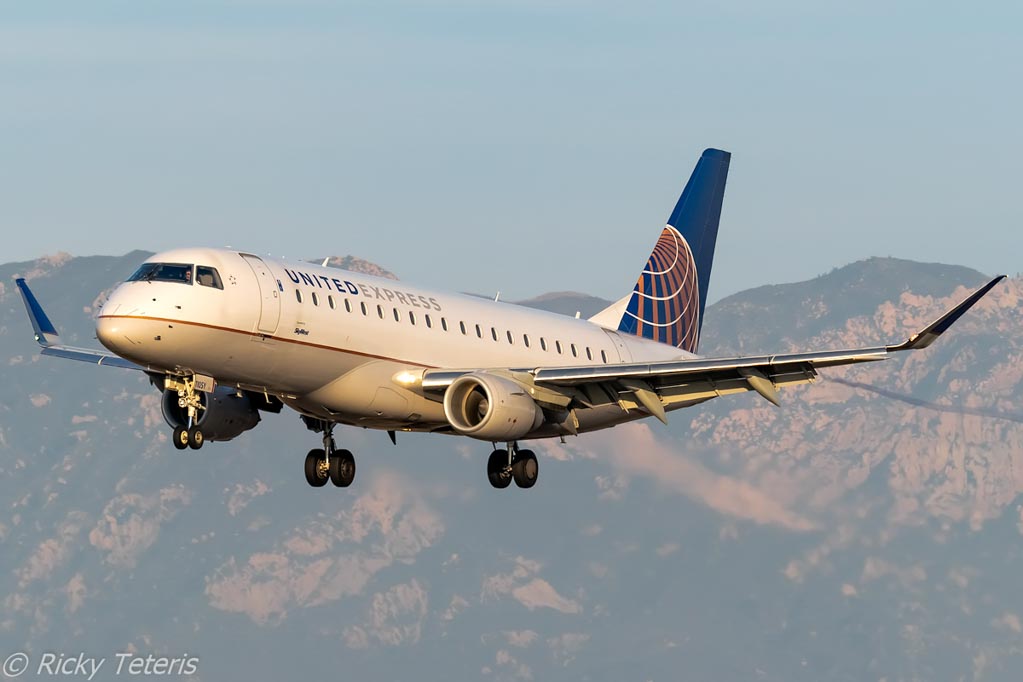
Santa Barbara Airport – Spotting Guide
January 12, 2020
Novosibirsk Tolmachevo Airport Spotting Guide
January 7, 2020
Santa Barbara Airport – Spotting Guide
January 12, 2020SOFIA visiting Stuttgart: a look inside the flying research station

Back in September 2019 the flying research station “Stratospheric Observatory For Infrared Astronomy” – short and well known name: SOFIA – visited Stuttgart in order to join a conference held by the astronomic society at the university of Stuttgart. Along more than 400 explorer from the whole world, this aircraft also visited the city from the 16th to the 20th of September.
Back in September 2019 the flying research station "Stratospheric Observatory For Infrared Astronomy" - short and well known name: SOFIA - visited Stuttgart in order to join a conference held by the astronomic society at the university of Stuttgart. Along more than 400 explorer from the whole world, this aircraft also visited the city from the 16th to the 20th of September.
Arrival of the aircraft
In the early morning hours of the 16th of September, N747NA arrived at Stuttgart airport inbound from Palmdale, USA. This airfield in the Californian desert is the base of this reconstructed aircraft operated by NASA and DLR together. The aircraft was suppossed to already arrive 20 hours earlier, but due to technical problems the departure to the 10 hour long flight delayed. Thus the Boeing 747SP just reached the German airfield in the dark and not - as planned - during daylight. The departure did not need to be postponed and so SOFIA left on the morning of the 20th of September.
Once the aircraft was towed onto its final parking position and on blocks, the preperations started for the tours offering an inside view into this Boeing 747SP. During her stay, SOFIA was not only suppossed to fly her first research mission over Europe, the aircraft also opened its doors for almost 3000 visitors such as media members, astronomic explorers and interested people to take a look into this 42 year old aircraft.
Inside the aircraft
This aircraft called SOFIA is being used to make research of infrared astronomy - as her name already states Stratospheric Observatory For Infrared Astronomy so short: SOFIA. Therefore the aircraft can be equipped with different telescopes in order to explore different astronomical phenomenas, however those telescopes are being checked frequently. During the stay in Germany SOFIA was fitted out with a 17 tons heavy telescope of which the diameter of the mirror is already 2,7 meters and which was built in Europe. Such an research apparatus is safely stowed on the right side in the rare part of the aircraft and the telescope is only being opened during the flight.
The aircraft during work
One of those almost 160 researchflights a year is normally suppossed to last between six and eight hours, but the time to fly depends on the programm the scientists have for this night as the flights are always being done during the night. So once the aircraft has left Palmdale she would fly in long circles above the western part of the United States or the Pacific ocean. In addition, such a flight is hold in around 14 kilometers altitude that's a higher altitude than normal passenger aircraft fly while travelling.
However, as SOFIA is operated by the NASA and DLR together, the researchers on the flight are also mixed. Each institution can use as much percent of the flights to explore as they support the project with money. While the German side around the DSI (Deutsches SOFIA Institut) offers the telescopes and around 20% of the needed amount of money for fuel and spare parts for example, the DLR has 30 researchflight per year to use, the American partner NASA, which bought and reconstructed the aircraft as well as manages and organizes the flights and the base get the rest of the roughly 160 flights per year to use.
Furthermore the aircraft is regularly flown to New Zealand via Honolulu to be then based at Christchurch for a while in order to discover regional phenomenas there, which can't be discovered above the US that easily - for example Pluto investigations.
In addition, this aircraft can also being used as research station on the ground during special astronomical happenings such as a lunar eclipses for example. Then the researcher only see the ground outside their windows as we did here during the observation...
The aircraft's history
| Registration | Operator | Delivered |
|---|---|---|
| N536PA | Pan American World Airways (Pan Am) | 06 May 1977 |
| N145UA | United Airlines | 13 February 1986 |
| N145UA | NASA | 20 October 1997 |
| N747NA | NASA | 17 December 2004 |
This aircraft was delivered to Pan Am back in 1977, but after this airline disappeared the Boeing 747SP-21 flew 13 more years for United Airlines before it was bought by NASA back in 1997. Then the aircraft was developed to one of the most expenisve aircraft as it was being equipped with special telescopes in order to be able to make exact research. After years of outfitting, SOFIA flew for the first time in 2007, but her first real mission was back in May 2010. The NASA planned to be able to use this aircraft for 20 years till a new one is needed, while there are held around 160 scientific flights per year.
May she stay for many more years and flights...



